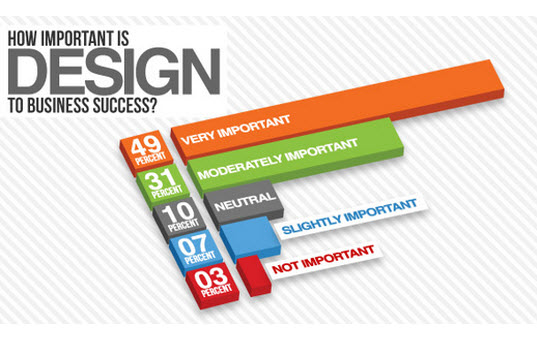Website Design: Enhancing User Experience For Better Conversions
Website Design: Enhancing User Experience For Better Conversions
Blog Article
Web Content Writer-McDougall Henriksen
Have you ever checked out a website that took forever to tons, had a complex navigation system, or didn't show correctly on your mobile phone? Opportunities are, you promptly abandoned that site and went on to one that supplied a far better user experience.
In today's affordable on-line landscape, it's vital for businesses to prioritize web design that improves user experience in order to drive far better conversions. In this conversation, we will discover the value of receptive layout, the utilization of user-friendly navigation, and the optimization of web page load rate to create a seamless and interesting individual trip.
Remain tuned to find just how these aspects can substantially affect your site's success.
Relevance of Responsive Style
Responsive style is important in today's digital landscape for developing websites that adjust seamlessly to different screen sizes and gadgets. When your web site is receptive, it instantly readjusts its design and web content to fit any type of gadget, whether it's a smart device, tablet computer, or computer. This is vital because more and more people are accessing the internet through their mobile devices.
If your web site isn't receptive, it can bring about a bad customer experience. Individuals may have to pinch and zoom to review content, buttons may be as well small to click, and pictures may not be enhanced for smaller displays. This can annoy customers and result in high bounce rates and reduced conversions.
Making Use Of Instinctive Navigation
When making a responsive web site, it is essential to focus on using instinctive navigation for a boosted user experience.
Intuitive navigating refers to arranging your site's menu and navigating elements in a logical and straightforward method. By doing so, you make it easier for visitors to discover what they're trying to find and browse with your site effortlessly.
just click the following webpage navigating helps reduce complication and stress, ultimately causing far better customer interaction and enhanced conversions.
To achieve intuitive navigating, consider using clear and detailed labels for your menu items, applying a consistent design across all pages, and incorporating search capability for fast accessibility to specific content. In addition, it's vital to focus on crucial web pages and information, ensuring they're plainly displayed and quickly accessible.
Optimizing Page Load Speed
To enhance customer experience, it's essential to maximize the page tons rate of your website. Slow filling times can frustrate customers and lead to higher bounce rates.
Luckily, there are several techniques you can execute to improve your site's load speed. To start with, think about reducing the size of your pictures by compressing them without jeopardizing top quality.
Furthermore, enhance https://www.htmlgoodies.com/seo/optimization-tips-for-facebook-pages/ by lowering unnecessary manuscripts and CSS data. Another reliable technique is to utilize browser caching, which permits certain components of your website to be kept in your area, minimizing lots times for returning visitors.
Furthermore, think about using a content shipment network (CDN) to disperse your website's data across multiple web servers, enhancing load rate for individuals in various geographical areas.
Conclusion
Finally, by using receptive layout, instinctive navigating, and optimizing web page tons rate, website design can substantially improve customer experience and drive better conversions.
With an easy to use user interface, very easy navigation, and fast loading times, web sites can capture and maintain the focus of users, bring about raised interaction and greater conversion prices.
So, do not postpone in carrying out creative website layouts to make sure a smooth and successful user experience!
